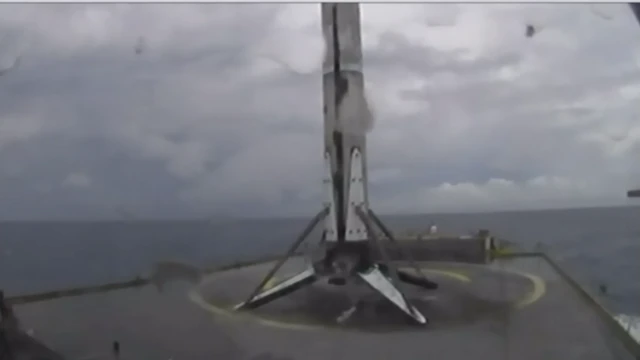Astronauts begin historic mission on private spaceshippublished at 21:09 BST 30 May 2020
 Jonathan Amos
Jonathan Amos
Science correspondent, BBC News
 Image source, Getty Images
Image source, Getty ImagesThe private rocket company SpaceX has sent two Nasa astronauts into orbit.
It's the first time since the retirement of the shuttles nine years ago that an American crew has made the journey from US territory.
Doug Hurley and Bob Behnken are not only trialling a new capsule system, they are also initiating a new business model for Nasa.
The agency will no longer own the vehicles it uses but merely purchase the "taxi" service offered by SpaceX.










